Understanding Archetypes: A Journey into Self-Discovery
The Importance of Archetypes
Archetypes are powerful tools that help us understand ourselves and the world around us. They act as a lens through which we can interpret our experiences and the actions of others. By learning to see life through an archetypal lens, we can decode the symbolic meanings behind our interactions and the events that shape our lives.
The Nature of Human Interaction
As humans, we have a natural compulsion to categorize everything we encounter. This impulse extends to the people we meet, often leading us to quickly label them based on our perceptions. However, it's essential to recognize that others are doing the same to us. Each person we encounter also categorizes us in their minds, which can lead to misunderstandings and conflicts when two 'centers of the universe' collide.
Self-Perception and External Judgments
We often view ourselves as the main character in our life story, believing that everyone else revolves around us. This self-centered perspective can blind us to the fact that others see us as they see themselves. For example, if you perceive someone as a bully, it might be a reflection of your own insecurities or fears rather than an accurate representation of their character.
The Archetypal Code
Understanding archetypes allows us to identify universal patterns in human behavior. For instance, we all recognize what a bully is and know instinctively how to respond to one. This shared understanding is rooted in our archetypal knowledge, which transcends personal experiences and taps into collective human consciousness.
Archetypes in Action
Archetypes are not just theoretical concepts; they manifest in our daily lives and decisions. Whether it's the choice to stand up to a bully or the patterns we recognize in our relationships, archetypes drive our actions and reactions. They encapsulate the essence of human experience, providing a framework for understanding our motivations and behaviors.
The Role of the Bully
Consider the archetype of the bully. This figure represents the darker aspects of human nature, often emerging when individuals feel threatened or insecure. The appropriate response to a bully is not negotiation, but rather a firm stand against their behavior. This instinctual understanding of how to deal with a bully is ingrained in us through our collective archetypal knowledge.
Personal Reflection and Growth
As we explore our own archetypes, we must also confront the parts of ourselves that we might prefer to ignore. Each archetype we embody—be it a rescuer, a victim, or a healer—shapes our interactions with others and influences our personal growth. Recognizing these patterns can provide clarity and empower us to make more conscious choices in our lives.
Understanding Your Archetypes
To discover your archetypes, begin by reflecting on your relationships and experiences. Ask yourself: What patterns do I notice in my interactions? How do I respond to challenges? Understanding your archetypal influences can lead to profound insights about your motivations and desires.
The Rescuer Archetype
The rescuer archetype is often associated with the need to help others, sometimes at the expense of our own well-being. This pattern can stem from personal experiences of feeling helpless or neglected, prompting a desire to save others as a way to regain control. However, true empowerment comes from helping others to help themselves rather than perpetuating cycles of dependency.
Recognizing the Wounded Healer
The wounded healer archetype represents those who have experienced significant pain and use their experiences to guide others. This archetype can be a source of strength, but it can also lead to unhealthy patterns if the individual does not acknowledge their own wounds. Healing oneself is a crucial step in being able to effectively support others.
Archetypes and Collective Consciousness
Archetypes are not just personal; they are also collective. They shape cultural narratives and societal norms, influencing how we perceive ourselves and each other. Understanding the collective aspect of archetypes can provide a deeper understanding of the world around us and the events that unfold within it.
The Impact of Global Events
Significant global events often reflect archetypal shifts within society. For example, the resignation of a prominent leader can symbolize a larger transition in power dynamics and societal structures. These events serve as reminders of the interconnectedness of our individual and collective experiences.
The Journey of Self-Discovery
Learning about archetypes is ultimately a journey of self-discovery. By recognizing and understanding the archetypal patterns that influence our lives, we can gain greater insight into our true selves. This journey is not about seeking external validation but rather about understanding our role within the larger tapestry of human experience.
Embracing Personal and Impersonal Experiences
As we navigate our lives, it's essential to balance personal experiences with an understanding of the impersonal nature of archetypes. Each experience we have is unique to us, yet it also connects to broader human experiences. Recognizing this duality can help us find meaning in our struggles and triumphs.
Conclusion: The Power of Archetypes
Archetypes provide us with essential tools for understanding ourselves and the world around us. By exploring these patterns, we can cultivate deeper self-awareness, foster healthier relationships, and navigate the complexities of human interaction. The journey into archetypes is ongoing, offering endless opportunities for growth and transformation.

